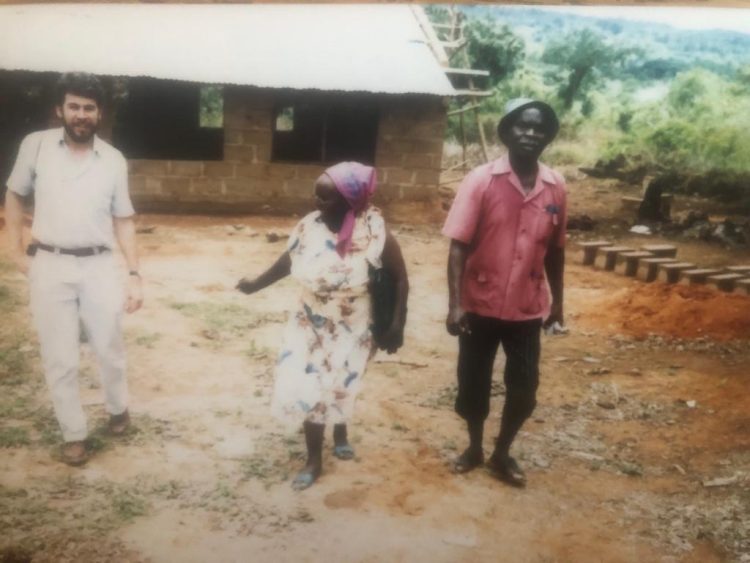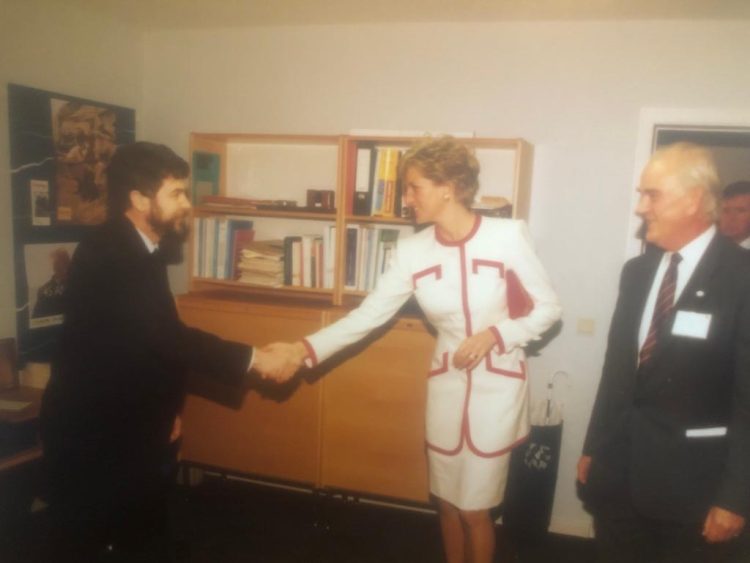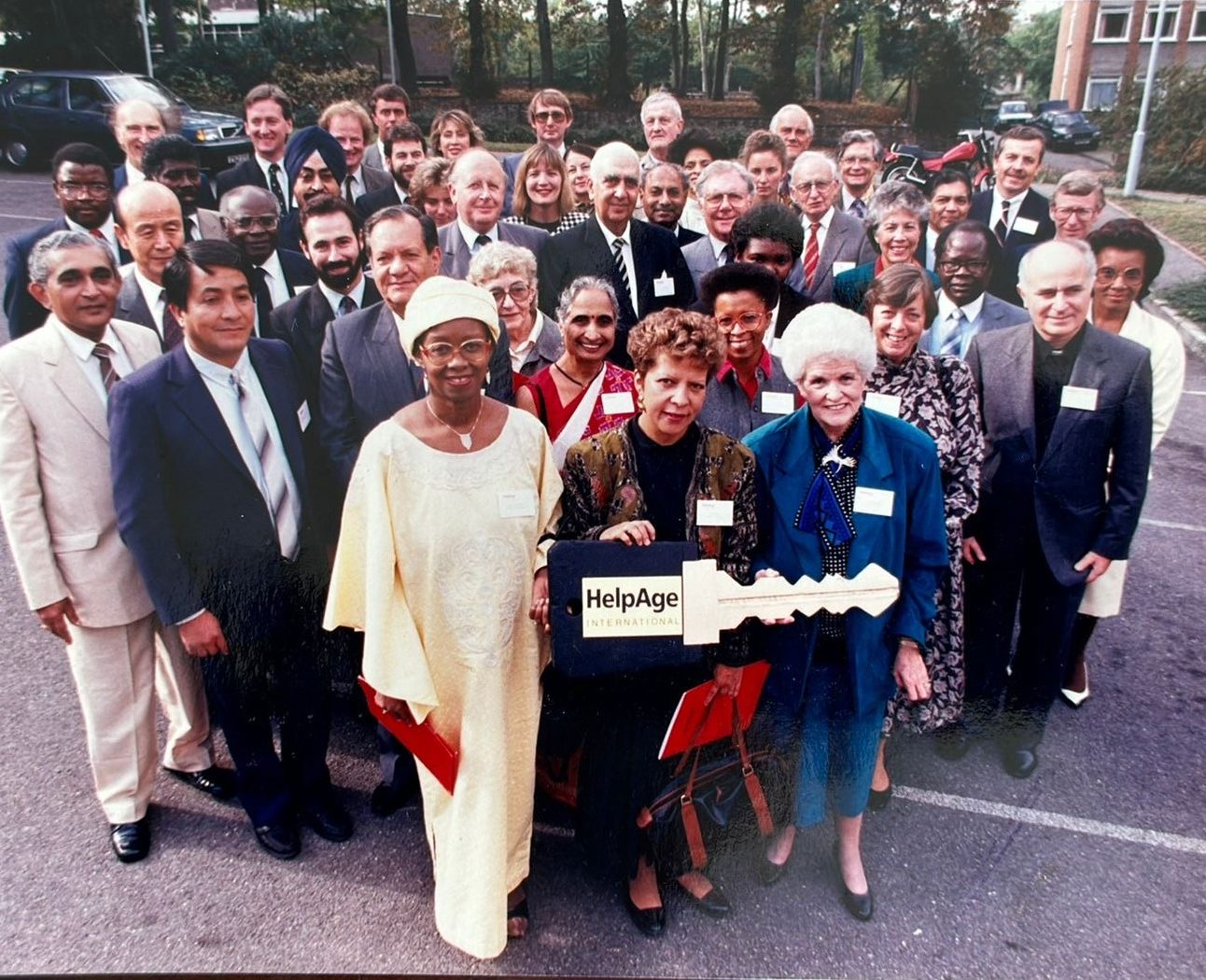Bringing a vision to life
When founding HelpAge International, Sir Leslie Kirkley’s ambition was for an international network of equal organisations where everyone would have a voice and where the work would be truly open.
He had tried before – first at Oxfam as one of its founders, and then at ActionAid when setting up ActionAid International. Both took steps in that direction but were not, from Leslie’s perspective, democratic enough.
As the Chair of the Overseas Committee of Help the Aged (now Age UK), Leslie saw an opportunity. In November 1983, he and the Overseas Committee formed HelpAge International, securing the support of HelpAge India, Pro Vida in Colombia, HelpAge Kenya and both Help the Aged in Canada and the UK as the founding network members.
Leslie was a man ahead of his time. He foresaw today’s sector-wide momentum to redistribute power, to collaborate equally and to localise.
Growing the network
In the 1980s HelpAge operated as the Secretariat to the network, with four staff and a tiny budget. It managed networking activities of the five original members and started to attract new members. There were about 20 network members when I started but it was relatively small compared to the more than 170 members in 93 countries today.
Regional offices opened, first in Kenya two years after I started, then Bolivia and in Asia, first in Sri Lanka before settling in Thailand. The last region was the Middle East where, despite efforts to engage national organisations, we didn’t manage to make a breakthrough until much later.
One of the challenges in developing the network was to create an incentive to join, showing how organisations might benefit from being part of an international network of like-minded organisations. The solidarity of network membership appealed to some, who valued the idea of being part of a global movement. But others felt it might force them to take on the corporate image of HelpAge and preferred to retain their own identity and independence.
Developing a global network like this had not been done before, and we see similar concerns today across the sector and beyond.
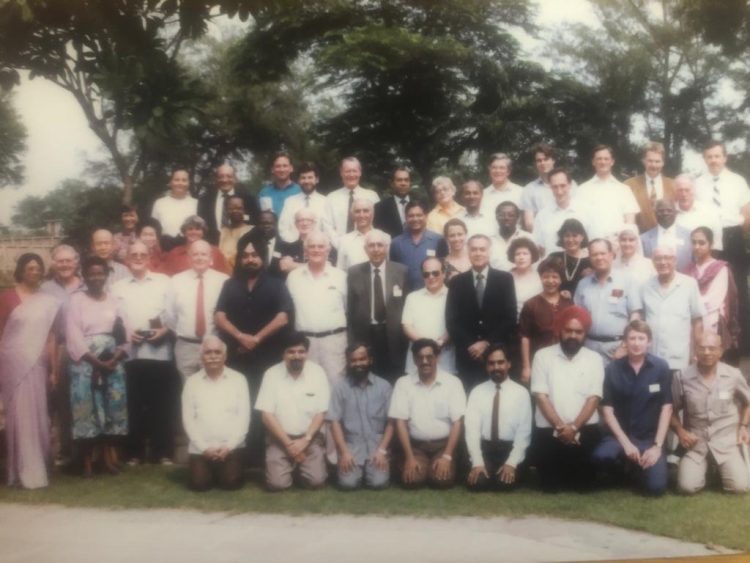
HelpAge Global meeting in Delhi, India, 1991
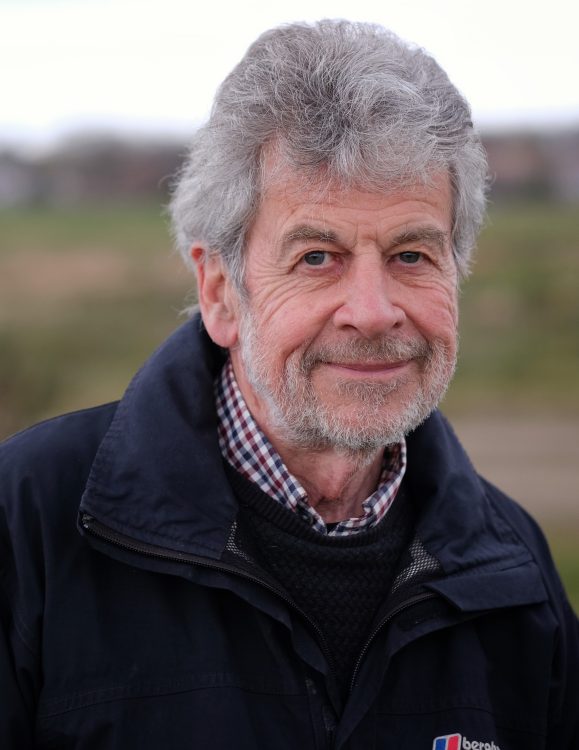 Mark Gorman joined HelpAge International in 1988 as Development Officer responsible for growing the global network. He remained at HelpAge until 2021, having had roles including Policy Director, Director of Programmes and Deputy Chief Executive, and Acting Chief Executive – twice.
Mark Gorman joined HelpAge International in 1988 as Development Officer responsible for growing the global network. He remained at HelpAge until 2021, having had roles including Policy Director, Director of Programmes and Deputy Chief Executive, and Acting Chief Executive – twice. 

